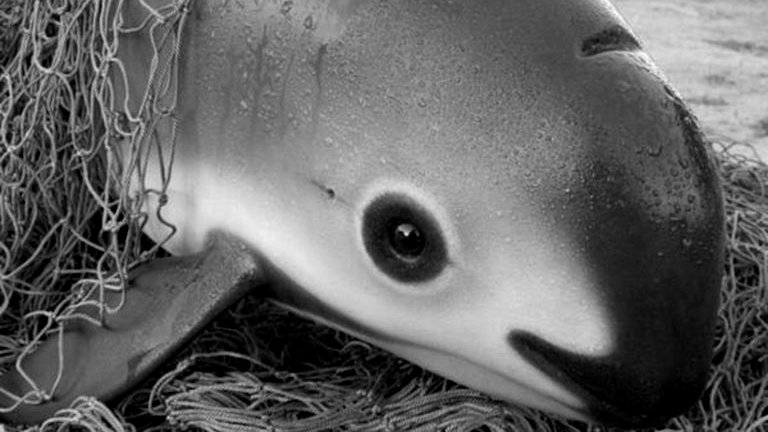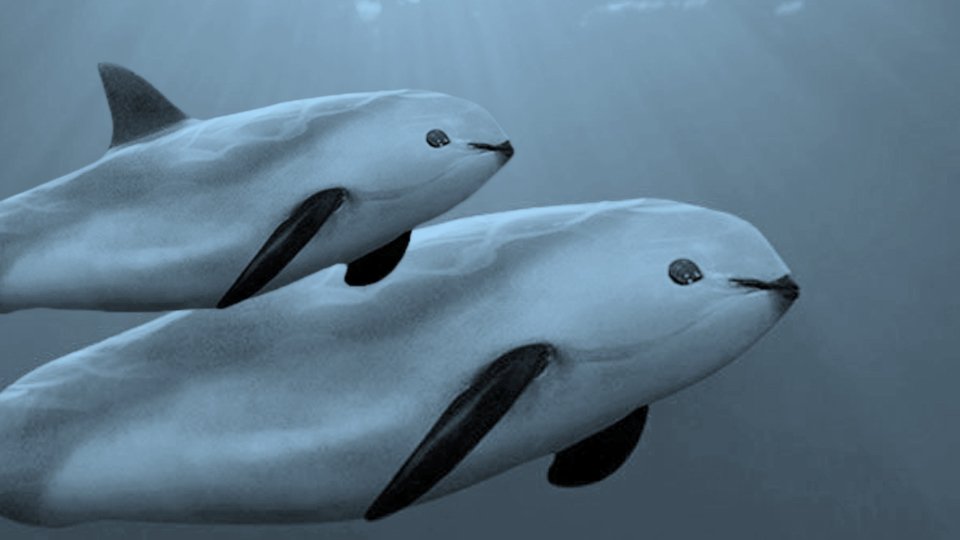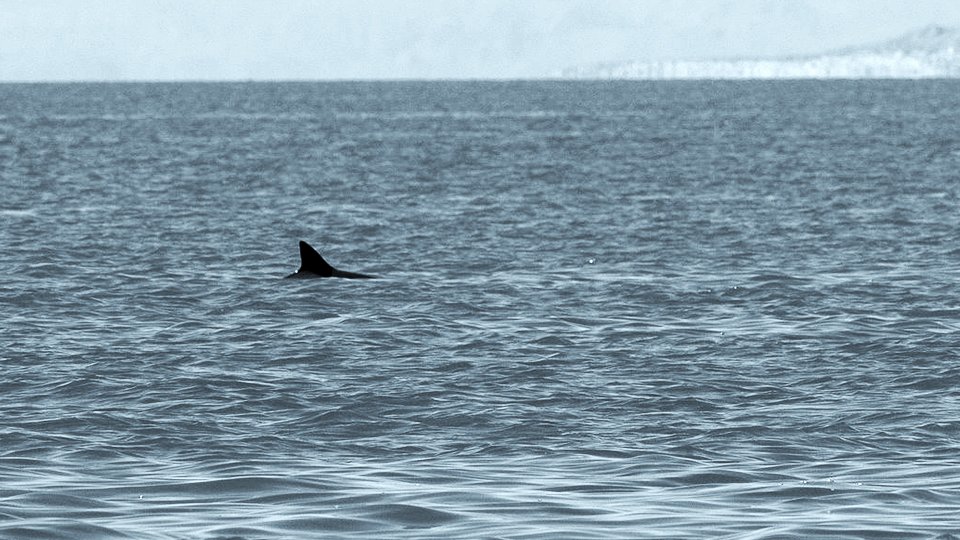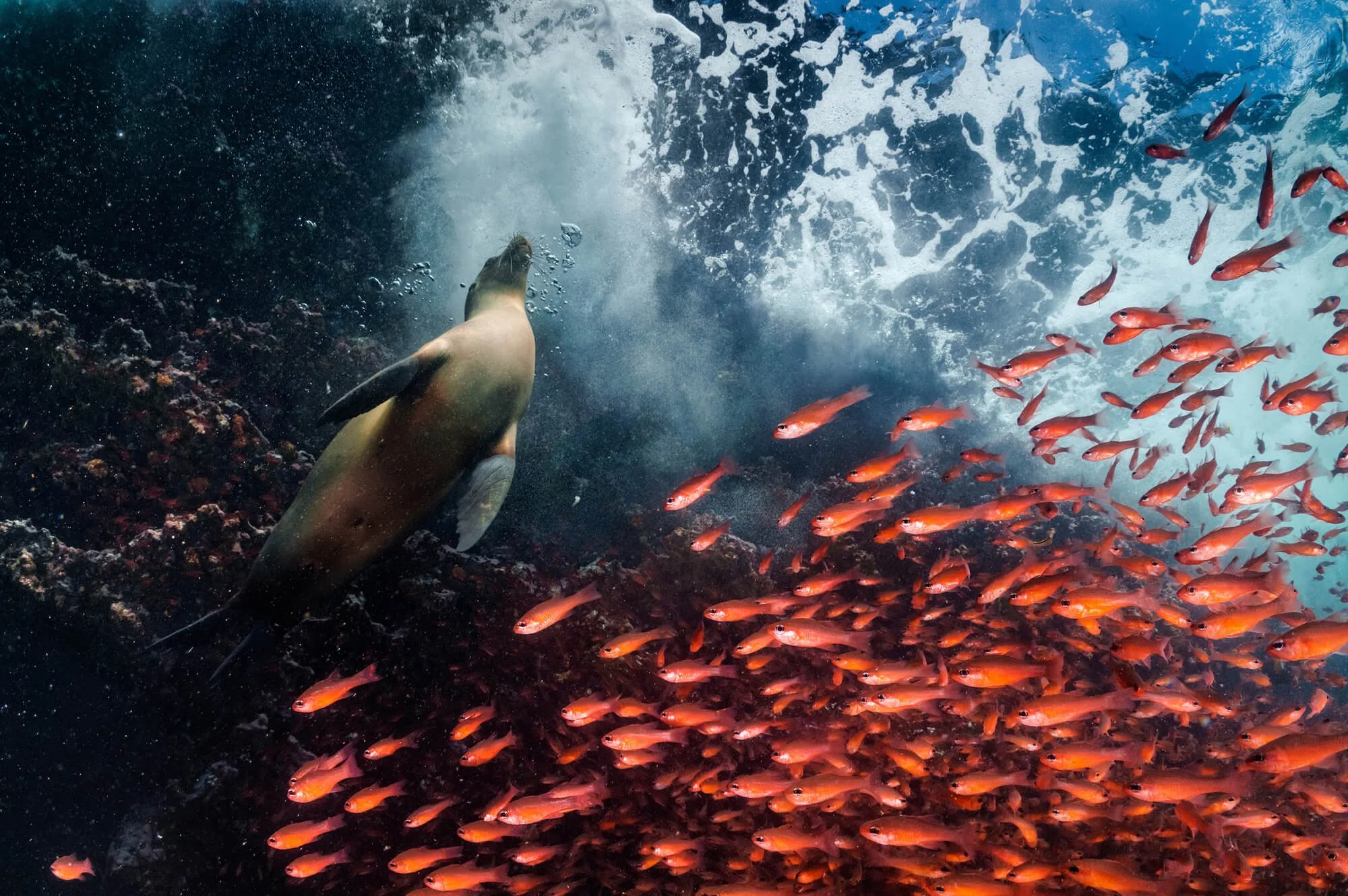Saving the World’s Rarest Marine Mammal
Oona Layolle reports on Operation Milagro, Sea Shepherd's campaign to save the vaquita porpoise
The rarest marine mammal in the world is the vaquita, an adorably small species of porpoise endemic to the northern part of the Gulf of California. There are no more than 60 believed alive in the wild today (or fewer; a more recent count estimates just 30 vaquita) , and their survival is increasingly threatened by illegal fishing activity—driven primarily by a Chinese taste for soup made from the swim bladder of the totoaba, a giant, endangered fish that also swims the waters of Mexico.
The vaquita was first discovered in 1958. Just 58 years later, our generation could be the last to share a planet with these harmless, elusive beings. A collaborative direct-action effort led by Sea Shepherd is determined to not let that happen. Operation Milagro III is gearing up to continue the fight. And you can help.
Oona Layolle, Captain and Campaign Leader for the Sea Shepherd Conservation Society Operation Milagro, shares how her story became intertwined with the vaquita's:
“The sea is my country, my universe... the only fight I wanted to be a part of is the one to protect our planet.”
I joined Sea Shepherd in 2011 after working for four years in the superyacht industry. I chose to study and become a captain because of my love for the oceans. I grew up at sea on a sailing boat with my family, and when I am away from the sea for too long I feel that something is missing in my life.
The sea is my country, my universe. When I was a kid, my favorite activity was snorkeling and from 10 years-old I would snorkel almost every day. The underwater world is amazing, and I grew up happy, watching and learning about all the beautiful creatures of the sea. Later, when I returned to those magical places full of underwater life, I witnessed that in only ten years’ time most of the ecosystems were dead or destroyed by human activities. That is when I started realizing that we are overfishing the sea by using destructive methods—such as fishing with nets, dynamite, and bleach—that are killing the oceans. I knew then that the only fight I wanted to be a part of is the one to protect our planet.
I wanted to do something with my life that makes sense. Watching my universe being destroyed without acting was making me feel guilty, and I couldn’t keep ignoring the importance of this issue anymore—I had to act.
The “Brigitte Bardot” was the first Sea Shepherd ship I joined, in France in May 2011. I helped the crew finish a shipyard, after which they asked me to be first mate on their next campaign near Libya, working to protect the bluefin tuna from illegal fishing. I joined the campaign thinking that I was going to stay for three months, and now it has been six years that I have been a part of the Sea Shepherd movement. I am now a veteran of nine Sea Shepherd campaigns and five marine research projects for marine conservation. Sea Shepherd has been the perfect organization because I can use my skills and experiences to fight for life and serve our planet. It now has been two years that I am the director of ship operations for Sea Shepherd Conservation Society.
"All species are integral to maintaining the complex life system of this planet, and therefore our own existence."
Operation Milagro was my first campaign as a campaign leader and the first Sea Shepherd campaign that I was asked to develop from the beginning. The first time I heard about the Vaquita Marina was in September 2014, when Paul Watson asked all of his captains if one of us could go to the Gulf of California and check on the situation of the vaquita. He had received reports saying that these porpoises were the most endangered marine mammals in the world and that they were dying from entrapment in fishing nets. These nets include shrimp nets and illegal nets set to catch an endangered fish called the totoaba.
The swim bladder of the totoaba can reach prices up to 10000 USD per kilo in Chinese black markets. This very lucrative market has led to much corruption and crimes against the environment. At the time when I heard about the issue, I was captaining the Martin Sheen research vessel close to the area and the mission was given to me.
When we started Operation Milagro I in February 2015, there had been no reports of a live vaquita for two years, and everyone was starting to lose hope of their existence. Three months later our crew spotted the vaquitas swimming around the ship. Seeing vaquitas was a clear call to not give up on them and to keep fighting for their survival in order to save this species from extinction.
The extinction of species on our planet is occurring at high rates, and this should be taken extremely seriously, as it leads towards our own extinction. All species are integral to maintaining the complex life system of this planet, and therefore our own existence.
During the last CIRVA (International Committee to Recover Vaquita) meeting in May 2016,
marine scientists evaluated the number of vaquitas currently alive and discovered that there are no more than 60 remaining individuals.
At the end of Operation Milagro I, we established an alliance with the Mexican government and since then have been working in collaboration with the Mexican navy and the Federal Attorney for Environmental Protection (PROFEPA). We work to patrol the area and report illegal fishing activities, thereby helping the Mexican government to stop illegal fishermen from setting illegal nets that are killing the endangered vaquita and totoaba.
We use direct action strategies to retrieve all illegal nets in the area, including dragging hooks underwater behind our ships to find hidden totoaba nets.
Once we find nets, we report our findings to the Mexican navy, retrieve them, and then give the illegal fishing gear for destruction to the authorities. We also patrol the area day and night to get proof of all illegal fishing activity, including using drones to spot illegal fishing camps and night vision drones to spy on poachers at night. (Watch Operation Milagro II highlights above.)
We are now working on our next campaign, Operation Milagro III. It will involve the same strategies, but this time we will have more ships to retrieve nets. We will also use a new strategy plan to prevent poachers from setting their murderess fishing gear in the first place.
The collaboration between Sea Shepherd and the Mexican authorities has been very successful, with the retrieval of 42 gillnets and 16 long lines in three months. This has been a great example of how governments and NGOs can work together to create and implement solutions to save our oceans.
(All facts from Sea Shepherd. Learn more here.)
WAYS TO HELP
Support Sea Shepherd with a donation and keep up with the latest on social media: Facebook: Sea Shepherd Conservation Society; YouTube: Sea Shepherd Conservation Society; Instagram: @SeaShepherdSSCS; Twitter: @SeaShepherdSSCS
Learn more on the Operation Milagro campaign website
Follow the Sea Shepherd ship, the Farley Mowat, on Twitter and Facebook
#fortheoceans
#OpMilagro


















